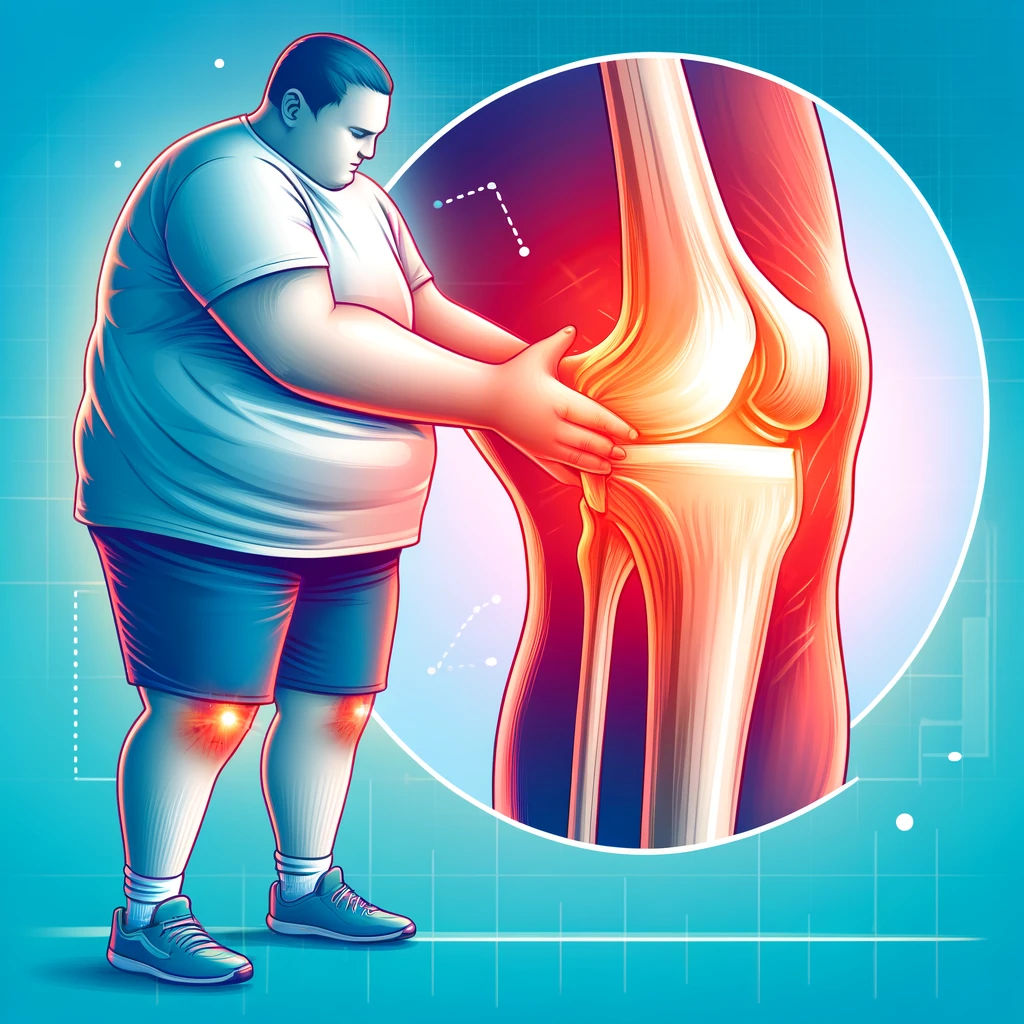
Shoulder pain is a common complaint that can significantly impact daily life. The shoulder is a complex joint that allows for a wide range of motion, making it vulnerable to various problems. Understanding the common issues, causes and treatments is essential for maintaining shoulder health and alleviating pain effectively.
Anatomy of the Shoulder
The shoulder is composed of several critical structures:
- Bones Involved: The shoulder joint includes the humerus (upper arm bone), scapula (shoulder blade) and clavicle (collarbone).
- Key Muscles and Tendons: The rotator cuff, a group of muscles and tendons, stabilizes the shoulder and allows for its extensive range of motion.
- Function of the Shoulder Joint: This ball-and-socket joint is crucial for various movements, from lifting and throwing to reaching and rotating.
Common Shoulder Problems
- Rotator Cuff Injuries: These injuries can result from tears, strains or inflammation of the rotator cuff tendons.
- Frozen Shoulder: Also known as adhesive capsulitis, this condition causes stiffness and pain, limiting movement.
- Shoulder Impingement: Occurs when shoulder blade pressure on the rotator cuff tendons during arm lifting.
- Bursitis: Inflammation of the bursa, a fluid-filled sac that reduces friction between shoulder tissues.
- Tendinitis: Inflammation of the shoulder tendons, often due to overuse.
- Dislocations and Separations: Dislocations occur when the upper arm bone pops out of the shoulder socket, while separations involve the clavicle and scapula.
Causes of Shoulder Pain
- Overuse and Repetitive Movements: Common in athletes and those with physically demanding jobs.
- Traumatic Injuries: Falls, accidents or direct blows can cause shoulder damage.
- Age-Related Degeneration: Wear and tear over time can lead to arthritis and other degenerative conditions.
- Poor Posture: Slouching and improper body mechanics can strain shoulder muscles.
- Underlying Medical Conditions: Diseases like diabetes can increase the risk of shoulder problems.
Symptoms of Shoulder Problems
- Pain and Discomfort: Ranging from dull aches to sharp pain.
- Limited Range of Motion: Difficulty moving the shoulder freely.
- Weakness: Reduced strength in the shoulder.
- Swelling and Redness: Indications of inflammation or injury.
Diagnosing Shoulder Pain
- Physical Examination: A thorough assessment by a healthcare provider.
- Imaging Tests: X-rays, MRI, and ultrasound help visualize internal structures.
- Laboratory Tests: Blood tests may be necessary to rule out infections or systemic conditions.
Treatment Options for Shoulder Pain
- Rest and Activity Modification: Avoiding activities that exacerbate pain.
- Physical Therapy: Exercises and techniques to improve strength and flexibility.
- Medications: Anti-inflammatory drugs and pain relievers.
- Injections: Corticosteroid injections for severe inflammation.
- Surgery: In cases of significant structural damage or persistent pain.
The Role of Shoulder Braces
- Types of Shoulder Braces: Options include stabilizing braces, compression sleeves and immobilizers.
- Benefits of Using a Shoulder Brace: Provides support, reduces pain and aids in healing.
- When to Use a Shoulder Brace: Recommended for specific injuries, post-surgery recovery or chronic conditions.
Preventing Shoulder Pain
- Proper Techniques in Sports and Exercise: Ensuring correct form to avoid strain.
- Ergonomic Workspaces: Adjusting desks and chairs to maintain good posture.
- Regular Stretching and Strengthening: Keeping shoulder muscles flexible and strong.
Home Remedies for Shoulder Pain Relief
- Ice and Heat Therapy: Reduces inflammation and relaxes muscles.
- Over-the-Counter Pain Relievers: Non-prescription medications like ibuprofen.
- Gentle Exercises: Stretching and strengthening exercises to maintain mobility.
When to Seek Professional Help
- Persistent Pain: If pain continues despite home treatments.
- Severe Symptoms: Sudden, intense pain or inability to move the shoulder.
- Impact on Daily Activities: Difficulty performing routine tasks.
Living with Chronic Shoulder Pain
- Coping Strategies: Pain management techniques and lifestyle adjustments.
- Support Systems: Family, friends and support groups can provide emotional and practical help.
- Long-Term Management: Regular check-ups and ongoing physical therapy.
Conclusion
Shoulder pain is a common issue that can arise from a variety of causes, ranging from overuse and traumatic injuries to age-related degeneration and poor posture. Understanding the anatomy of the shoulder, recognizing common problems, and knowing the symptoms are crucial steps in managing and treating shoulder pain. Treatment options vary from rest and physical therapy to medications and surgery, depending on the severity and cause of the pain.
The use of shoulder braces can be highly beneficial in providing support, reducing pain, and aiding in recovery. Prevention strategies, such as proper techniques in sports and exercise, ergonomic workspaces, and regular stretching and strengthening, play a vital role in maintaining shoulder health. Home remedies like ice and heat therapy, over-the-counter pain relievers, and gentle exercises can provide relief for minor shoulder pain.
For persistent or severe pain, it is essential to seek professional help to prevent further complications and to develop an effective treatment plan. Living with chronic shoulder pain requires a combination of coping strategies, support systems, and long-term management.
By taking proactive steps to care for your shoulders, you can maintain their function and reduce the risk of pain, ensuring you remain active and comfortable in your daily activities.
FAQs
How can I tell if my shoulder pain is serious?
Persistent, severe pain, especially if accompanied by swelling or inability to move, should be evaluated by a healthcare professional.
Can shoulder pain go away on its own?
Minor pain may resolve with rest and home care, but persistent or worsening pain needs medical attention.
What exercises can help prevent shoulder pain?
Strengthening and stretching exercises, such as shoulder rotations and arm circles, can maintain shoulder health.
How do I choose the right shoulder brace?
Consult with a healthcare provider to select a brace that suits your specific condition and needs.
What lifestyle changes can reduce shoulder pain?
Maintaining good posture, avoiding repetitive strain and incorporating regular exercise can significantly reduce the risk of shoulder pain.




Thanks for sharing. I read many of your blog posts, cool, your blog is very good.